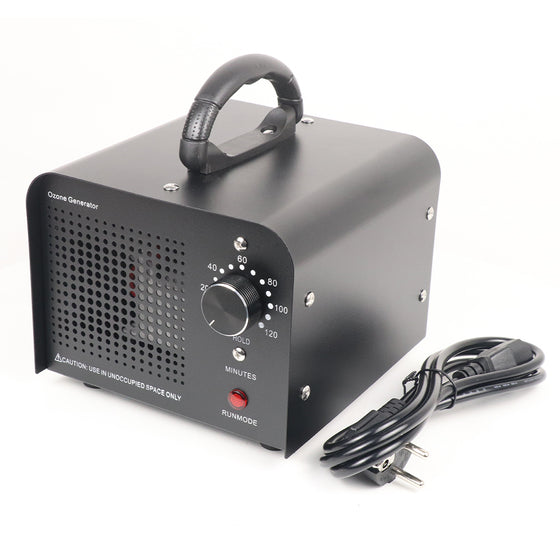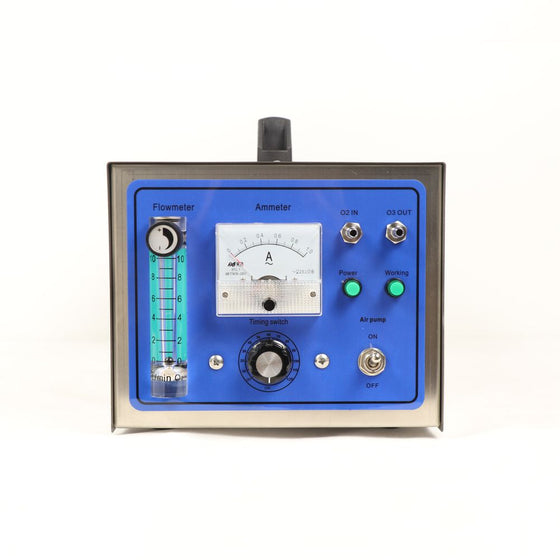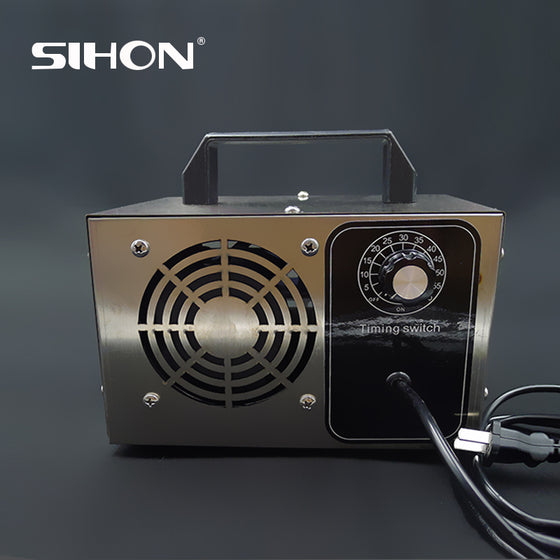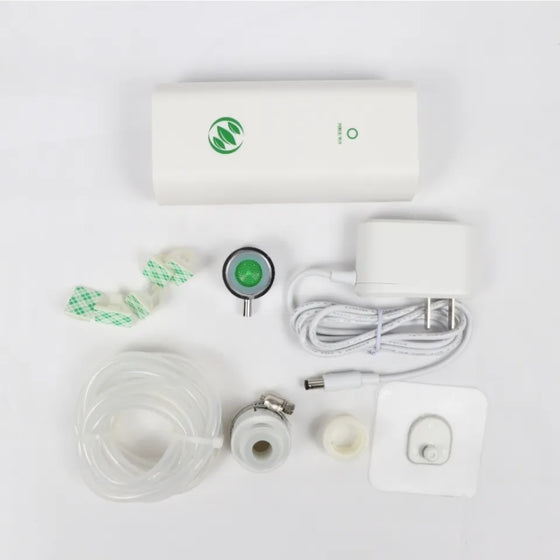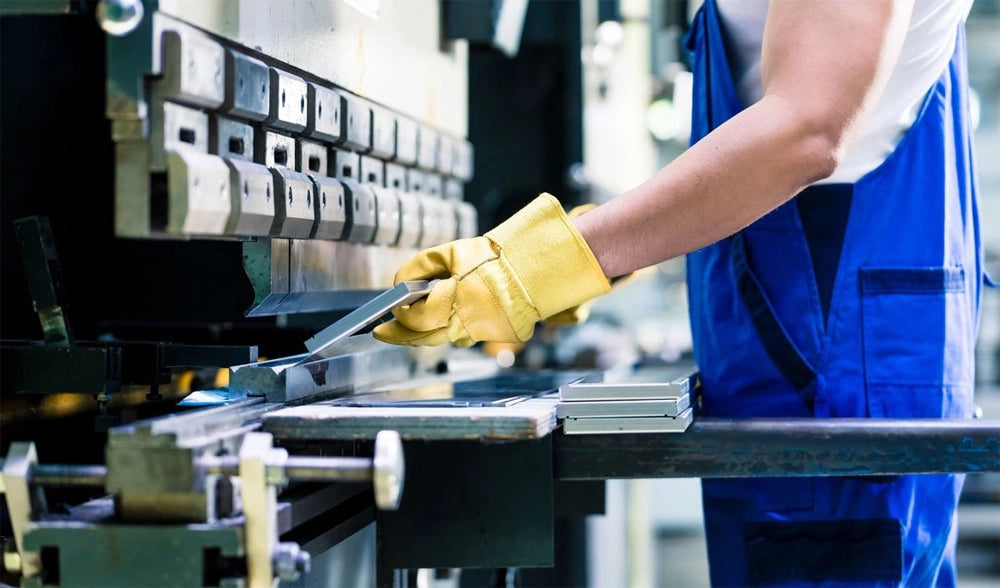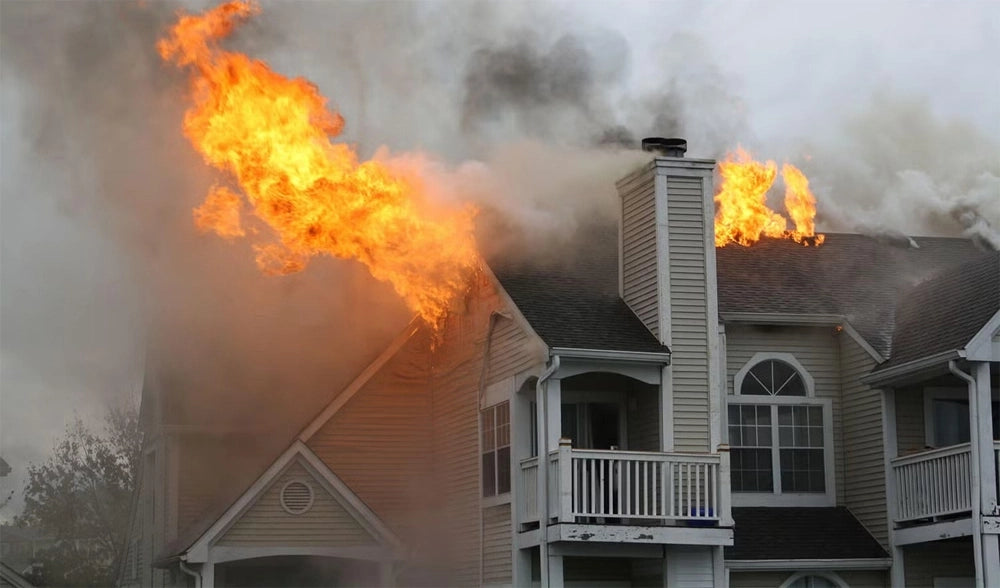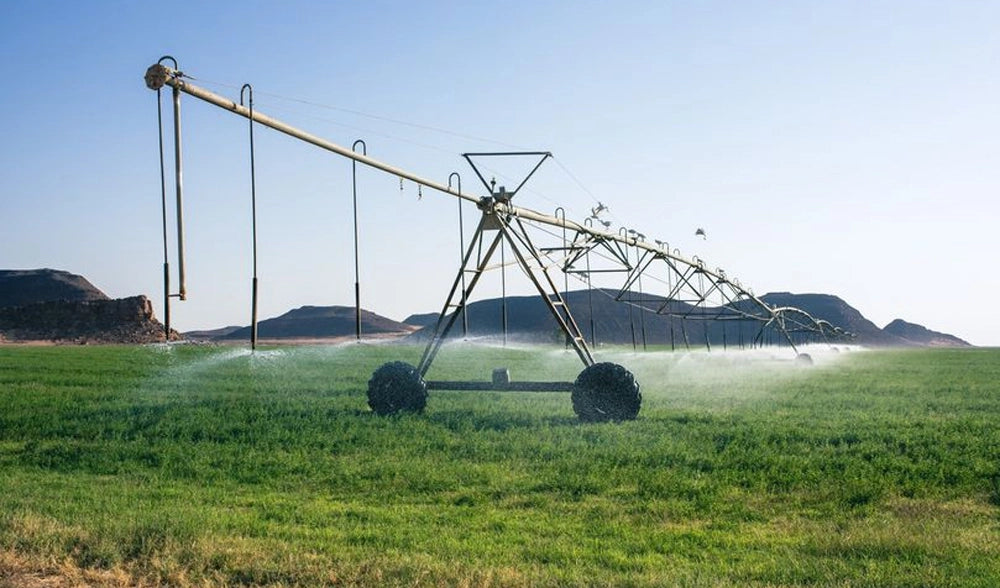The Reasons Why Ozone CIP Stands Out

In the food and beverage production industry, the cleaning and disinfection of the equipment is extremely important. Cleaning work removes food or beverage dirt from the surface of the equipment. CIP is an automated cleaning method for the interior surface of pipes, vessels, equipment, filters and associated fittings.
Today, ozone CIP disinfection is commonly applied to clean and disinfect food and beverage production equipment. By introducing ozone gas into the equipment, it allows for cleaning without disassembling the equipment. Cleaning can also be automated, and there will be no contact with any chemicals.
A CIP Process
Due to different equipment and requirements, there is no set steps for a CIP cycle. A typical CIP process usually involves the following cycles:
- Pre-rinse
- Cleaning
- Rinse
- Acid rinse
- Disinfection
The type of chemicals used in a CIP cycle and the treatment process will be affected by the characteristics of food soils, the amount of soil, and the nature of the surface. But what is certain is that these processes usually cost a lot of water.
CIP Disinfection Methods
The most commonly used CIP disinfection methods are thermal disinfection and chemical disinfection. For both of them, the goal is to reduce the presence of microbes to a level that poses no threat to public safety.
Thermal disinfection requires a large consumption of electricity or fossil fuel. And chemical disinfection uses chlorine-based chemicals, iodine, quaternary ammonium compounds, fatty acid disinfectants, peroxide compounds and other chemical disinfectants. It involves factors such as time, concentration and temperature. In addition, the disinfection process can sometimes be affected by pH value of the water and water quality. Different microorganisms also react differently to different chemicals and concentrations.
Thermal and Chemical CIP Methods
Chemical disinfection in a CIP system takes 10-30 minutes. Cold water is used in this process instead of hot. If heat is used, it can take up to an hour. Therefore, compared with thermal disinfection, chemical disinfection reduces energy costs and shortens the cycle time.
Ozone CIP Disinfection
Ozone is a broad-spectrum fungicide that acts on almost all pathogens found in food production processes. Ozone has a faster rate of action than other reagents, which means a lower dose required and a shorter cycle time. Ozone’s rate of action can be acquired by multiplying the concentration of the disinfection reagents with the exposure time at that concentration. A faster acting reagent has a lower Ct, indicating that less reagent is used or less time is required.
Comparison of Ozone and Other Methods
Ozone had a Ct value of 1.9 when used to kill 99.9% of giardia lamblia, which is better than chlorine gas (122), chloramine (2200) and chlorine dioxide (26). When ozone is used to reduce 99.99% of the virus, it has a Ct value of 1.2, which is also superior to chlorine (8), chloramine (1988) and chlorine dioxide (33). Overall, the efficiency of ozone is 6 to 1000 times better than that of other disinfectants.
Unlike other disinfectants, the effect of ozone will not be affected by the pH value of the solution. Comparatively, as the pH value of the solution increases, the effect of chlorine decreases significantly. Ozone is an indirect food additive recognized by the FDA. It has a half-life of 20 minutes or shorter. Ozone will dissipates quickly on the surface of the equipment after disinfection and avoid any other negative effects.
Benefits of Ozone Used in CIP
The technological advantages of ozone in CIP and its efficacy in destroying microorganisms make it more prominent in the food and beverage industry. Here are the benefits of ozone used in CIP:
- It can be used to wash multiple kinds of food including fruits, vegetables, fish, nuts, meat, eggs, etc.
- It can be used to fumigate grains and mushrooms in agricultural production.
- No toxic byproducts will be produced and no residue will be left.
- Avoids carcinogens such as THM or chloroacetic acid produced by chlorine-based chemicals.
- Avoids the final cleaning process and thus reduces the consumption of water.
- Can be produced on the spot without the purchase or storage of chemicals.
- Can be combined with CIP process for a high level of automation and effective quality control.
- Has a significant advantage in oxidizing microorganisms over other methods.
New Arrivals
Leave A Reply
Your email address will not be published. Required fields are marked *
